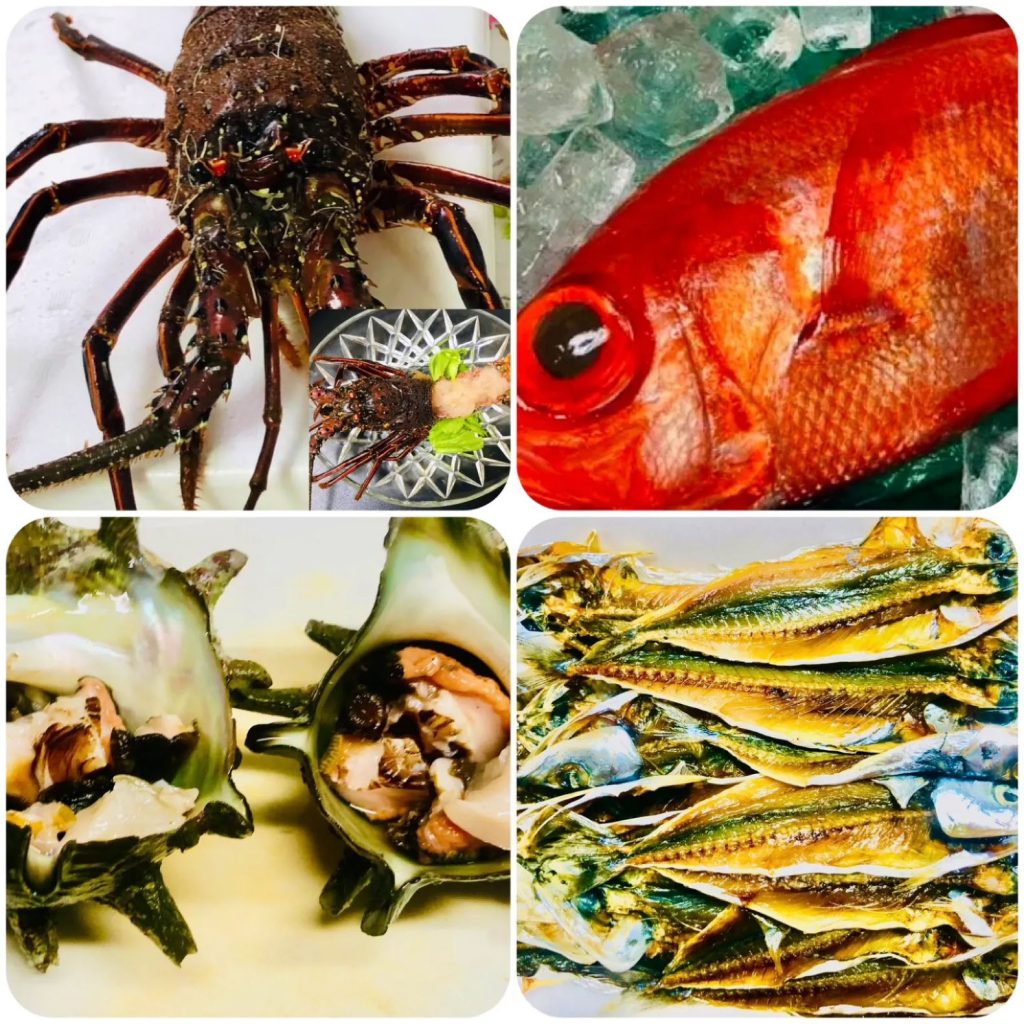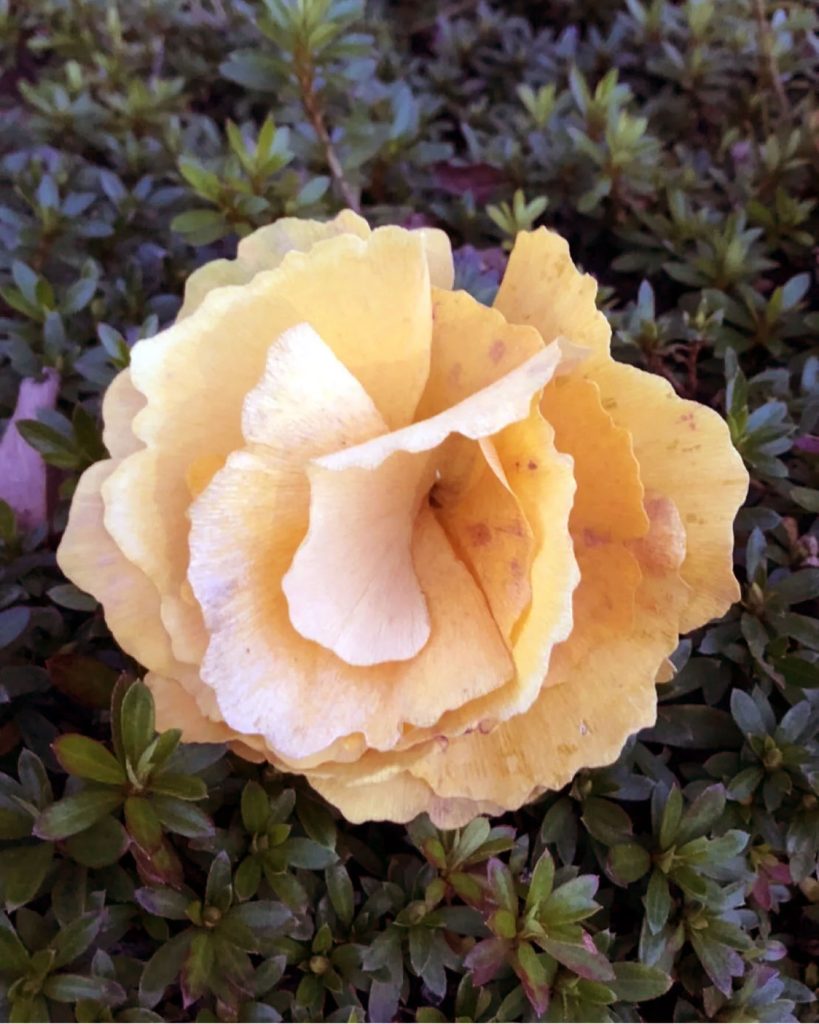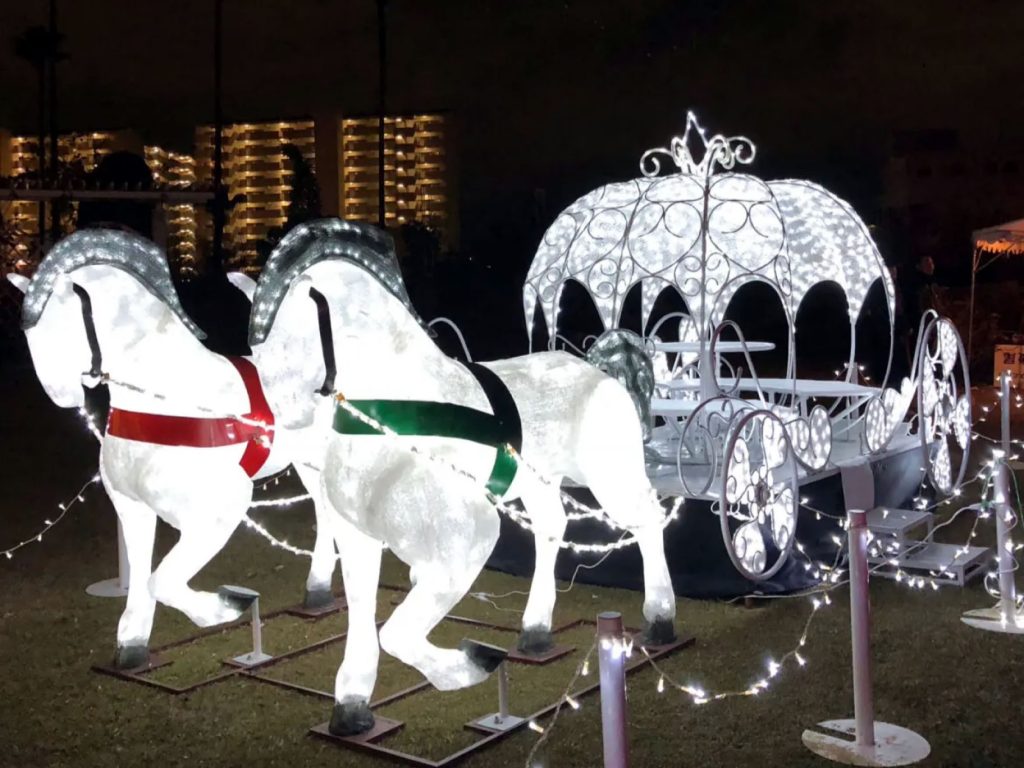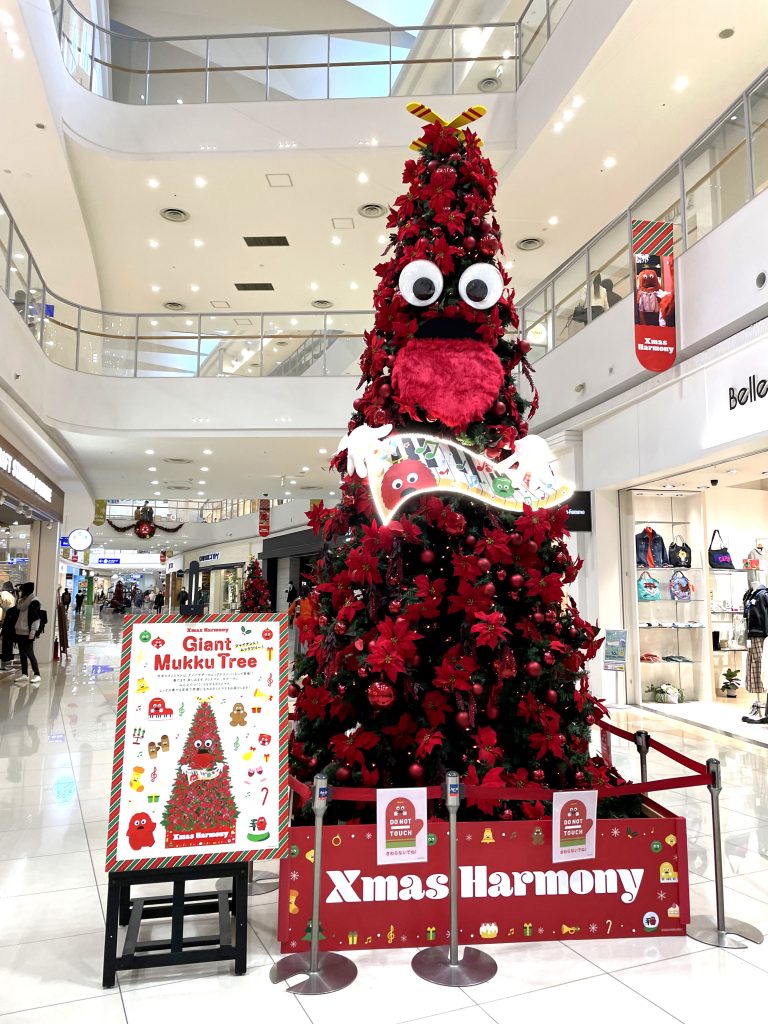
Mayumi-chan is a commonly heard name for girls. Nowadays, there are many variations in the spelling, such as Mayami-chan, but originally, it seems to have derived from the name ‘真弓’ (Mayumi). I was not aware that there is a plant named ‘マユミ’ (Mayumi). While strolling through a park with many trees turning bright red in autumn, I noticed a tree, about 3 meters tall, adorned with delicate pink fruits. Intrigued, I took a photo with my smartphone and upon further investigation, I found that it was called ‘マユミ’ (Mayumi). The immediate connection was with the girl’s name. Simultaneously, I learned that there is a plant with this name. There are various theories about the origin of the name, but it is said that the tree came to be called ‘真弓’ (Mayumi) because of its flexible and strong material, which was used for making bows. It seems that when naming a girl, someone saw the fruit of the Mayumi tree and decided to name her Mayumi.
まゆみちゃんはよく聞く女の子の名前です。今でこそ、まゆみと呼んで表記が違うまやみちゃんは沢山いらっしゃいますが、元は真弓から派生したのでしょう。マユミと言う名の植物があることを知りませんでした。真っ赤に紅葉する木が多い公園で、淡いピンク色の実をいっぱい付けた、丈が3mほどの木が目に止まりました。スマホで写真に撮り調べたら「マユミ」とあります。すぐ思い浮かんだのは女の子の名前です。と同時にこんな名前の植物があるんだと言う事を知りました。名前の由来は諸説あるらしいですが、しなりのある強い材質で弓の材料になったことからこの木が「真弓」と呼ばれるようになったと言われています。女の子の名前を付ける際に、このマユミの実を見て真弓と名付けたのでしょう。








